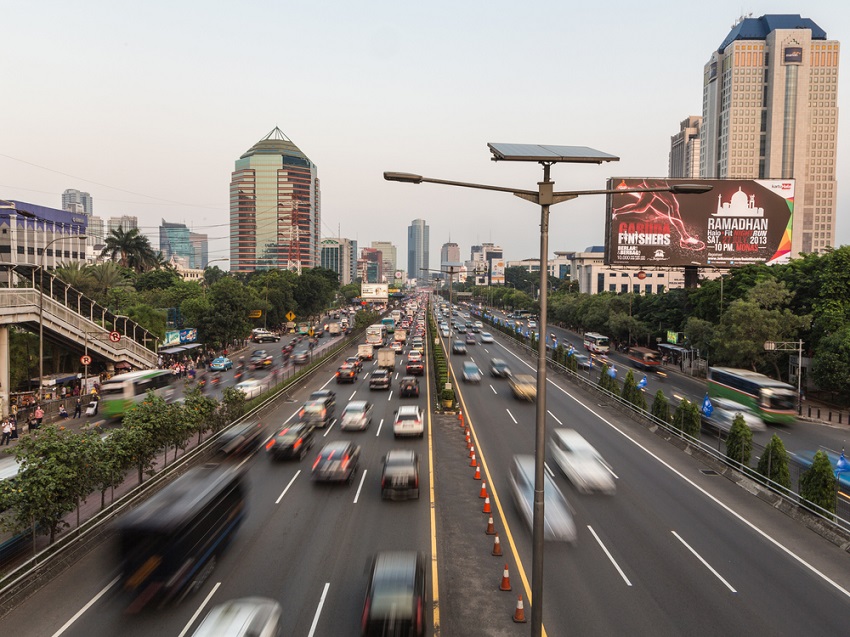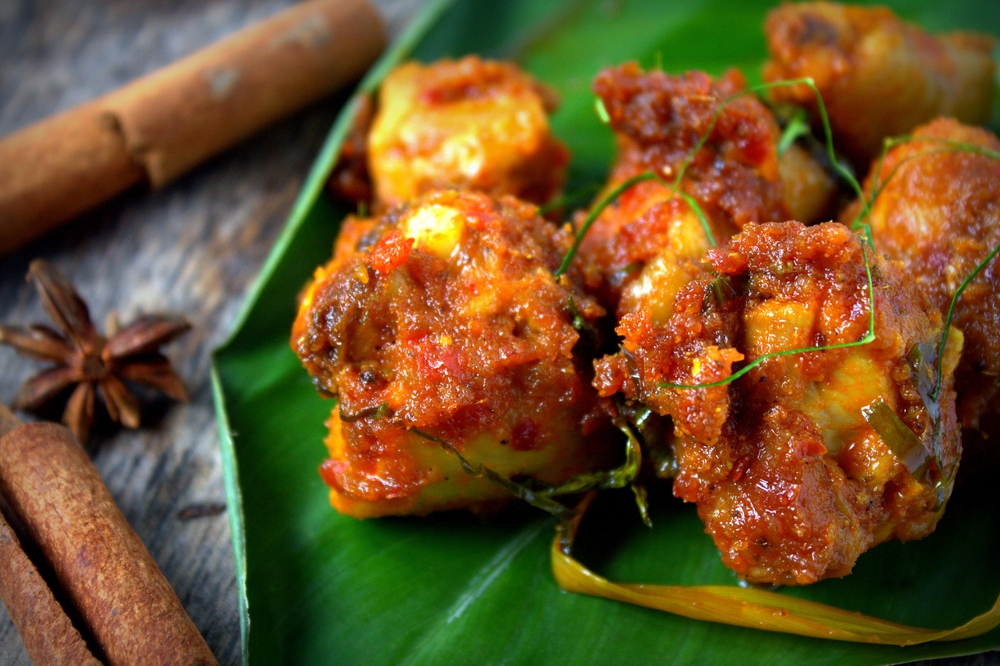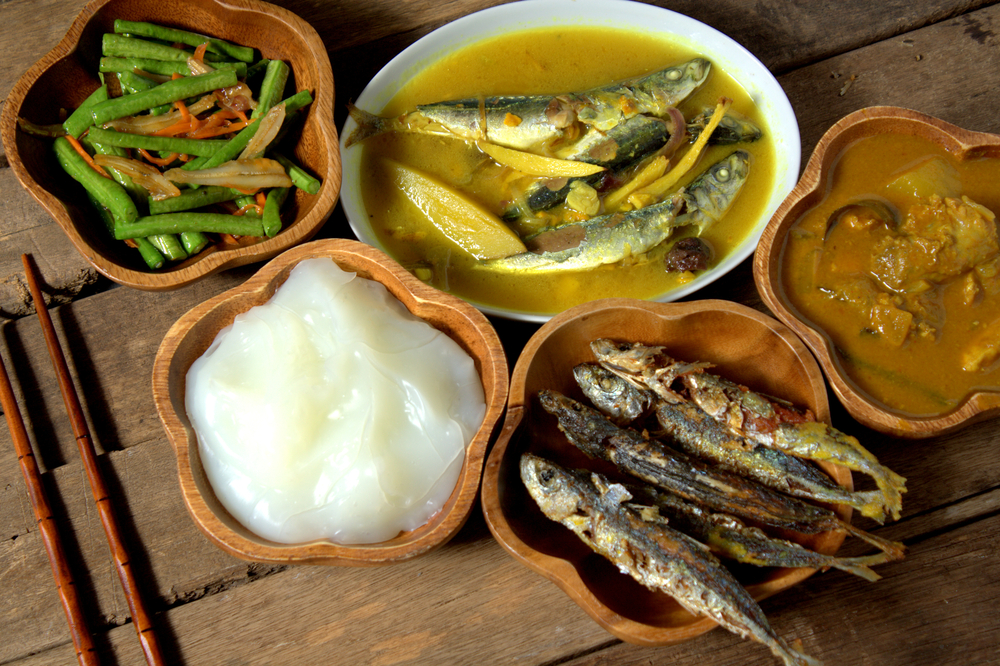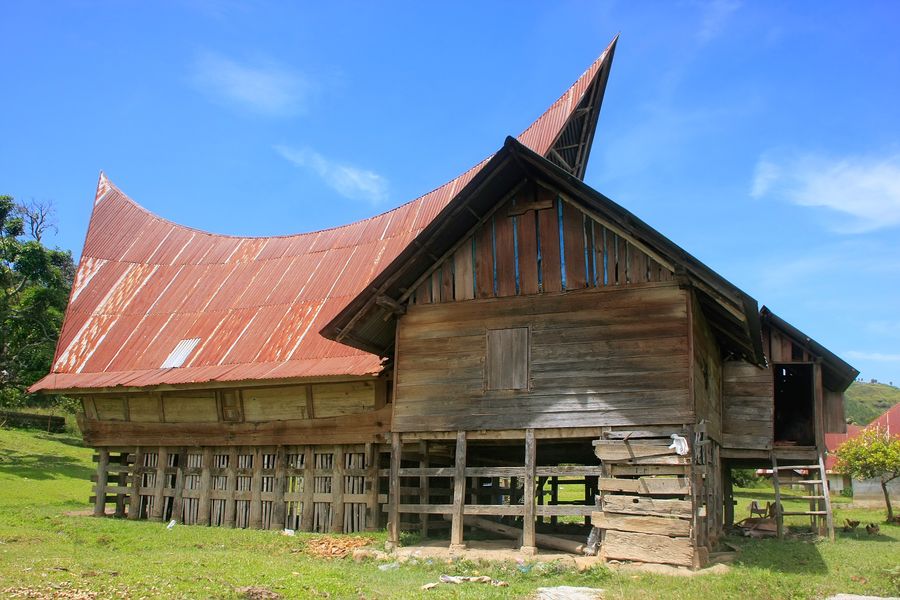Indonesia - fact sheet
Location: situated in Southeast Asia between Indochinese Peninsula and Australia (continent) and Pacific Ocean and Indian Ocean.
Area: total areas of 1,904,569 square kilometers
total mainland area of 1,811,569 square kilometers
total water body of 93,000 square kilometers
Borderlines: 2,958 kilometers with the border shared with Malaysia reaching1,881 kilometers, with Timor-Leste 253 kilometers and with Papua New Guinea 824 kilometers.
Climate: Indonesia is located in tropical rainforest zone dominated by tropical moist climate. It has two seasons: dry season (April-September) and wet season (October-March)
Topography: Indonesia is archipelagic and located in Southeast Asia, where it is the largest archipelagic country in the world comprising of 17,508 archipelagos. Around 6,000 of which are uninhabited while the five largest islands are Sumatra, Java, Kalimantan, Sulawesi and Papua,
Time zones: Indonesia has three different time zones.
- Western time zone (Sumatra Island, Java Island and western Kalimantan) is GMT+7 or similar to Thailand’s.
- Central time zone (eastern Kalimantan, Sulawesi and Bali) is GMT+8 or one hour ahead of Thailand’s.
- Eastern time zone (Maluku and Papua) is GMT+9 or two hours ahead of Thailand’s.
Currency: Indonesia has Rupiah currency with an exchange rate of 1 USD being equal to 14,000 Rupiah or 400 Baht (XE Currency. September 2015: Online).
Population and the Indonesian Society
Ethnic groups: Javanese 40.1%, Sundanese 15.5%, Malay 3.7%, Batak 3.6%, Madurese 3%, Betawi 2.9%, Minangkabau 2.7%, Buginese 2.7%, Bantenese 2%, Banjarese 1.7%, Balinese 1.7%, Acehnese 1.4%, Dayak 1.4%, Sasak 1.3%, Chinese 1.2%, other 15% (Central Intelligence Agency, 2015)
Language, Religion and Population
- Indonesia’s official language is Bahasa Indonesia while other native languages are as so many as 700 languages including English and Dutch.
- Indonesia is an Islamic populous country making up 87.2% and it is followed by Christian 7%, Roman Catholic 2.9%, Hindu 1.7% and others 0.9% with unrecognizable doctrines 0.4% (Central Intelligence Agency, 2015).
- Indonesian has the estimated population of 255,993,674 (Central Intelligence Agency, 2015).
Aged 0-14 years old making up 25.82% (male 33,651,533 /female 32,442,996)
Aged 15-24 years old making up 17.07% (male 22,238,735 คน / female 21,454,563)
Aged 25-54 years old making up 42.31% (male 55,196,144 คน / female 53,124,591)
Aged 55-64 years old making up 8.18% (male 9,608,548 คน / female 11,328,421)
Aged 65 years old and above making up 6.62% (male 7,368,764 คน /female 9,579,379) (Central Intelligence Agency, 2015)
Indonesia is the fifth populous country in the world with population growth of 092% (2015). Per 1,000 of a population, the birth rate is 16.72 births, while the death rate per 1,000 of a population in Indonesia is 6.37 deaths (Central Intelligence Agency, 2015).
Population Growth in Big Cities
Indonesia’s population growth has significant growth in these five big cities. Not only is Java Island experiencing it, but also other big cities on islands like the capital city, Jakarta having 10.323 million inhabitants. Surabaya has around 2.853 million inhabitants, Bandung 2.544 million inhabitants, Medan 2.204 million inhabitants, Ser Malang 1.63 million inhabitants and Makassar 1.489 million inhabitants (Central Intelligence Agency, 2015).
On average, the Indonesian inhabitants in those five big cities take up 53.7% of the whole population with a mobility rate to urban areas being 2.69% per year (Central Intelligence Agency, 2015).
Politics and Administration
Official name: Republic of Indonesia
Known as: Indonesia
Official Bahasa name: Republik Indonesia
Bahasa name: Indonesia
Declaration of Independence from the Netherlands on 17th August 1945
National Day: 17th August
National Symbol: Karuda with Pancasila being inscribed “Diversity in Unity”
Indonesia is a republic country. The President is Head of State, Head of Administrative House and the commander-in-chief. The presidency term lasts 5 years and is not allowed to be in a position longer than two consecutive terms. The current President is Joko Widodo of Indonesian Democratic Party of Struggle (PDI-P) whose first term started on 20th October 2014. He is the seventh President of Indonesia.
Indonesia’s local administrative districts is a process of decentralization with 34 provinces (provinsi), 415 regencies (Kabupaten) and 93 towns (Kota) (Budiati Prasatiamartati, 2013). There are also 5 autonomous and special administrative regions (The Jakatar Post, 2012):
- Special administrative region of the capital city (Daerah Khusus Ibukota - DKI)
- Jakarta (Daerah Khusus Ibu Kota Jakarta or Special Capital Region of Jakarta) is the capital city of Indonesia and also the largest city there. Jakarta’s governor has the ultimate authority in appointing or removing Meyers and regents serving this special capital region.
- Special administrative regions (Daerah-Daerah Istimewa – DDI) are these four regions:
- Aceh (Nanggroe Aceh Darussalam or Aceh Special Region) has played a vital role in local government. It enforces Sharia Law and has its own flag and anthem. Aceh local government and political parties can participate in politics.
- Yogyakarta (Yogyakarta Special Region) has the Sultan as Head of State and the supreme governor of the region. Thought Federal Java Law recognizes elected governors like other regions, the Sultan of Yogyakarta has great political power and stays in his governor position.
- Papua (Irian Jaya)’s local government has been in the administrative scene since 2001. It has its own flag and anthem. The governor that takes the position needs to be a native Papua.
- West Papua (Irian Jaya Barat) is in the same position as Papua. (Pembagian administratif Indonesia, 2015)
The constitution of Indonesia has ratified since August 1945 (Undang-Undang Dasar Republik Indonesia 1945, UUD ’45). It has become the ultimate law of the country after Japan had invaded Indonesia and the end of the Second World War. Pancasila is the pillar philosophy at its heart and was introduced by the former President Sukarno. The Pancasila are as follows:
- Monotheism (Ketuhanan Yang Maha Esa)
- Humanism favoring justice and civilized beings (Kemanusiaan Yang Adil dan Beradab)
- Indonesian nationalism (Persatuan Indonesia)
- Democracy (Kerakyatan Yang Dipimpin oleh Hikmat Kebijaksanaan, Dalam Permusyawaratan dan Perwakilan)
- Justice for all Indonesian (Keadilan Sosial bagi seluruh Rakyat Indonesia)
House of parliament or (The People's Consultative Assembly of the Republic of Indonesia or Majelis Permusyawaratan Rakyat Republik Indonesia, MPR-RI) comprises of People's Representative Council – DPR with 560 representatives, Regional Representatives Council – DPD with 132 representatives, and Regional People's House of Representatives – DRRD. Every administrative division is elected.
Bibliography
Pembagian administratif Indonesia. (2015). Retrieved October 31, 2015, from Wikipedia: https://id.wikipedia.org/wiki/Pembagian_administratif_Indonesia
Budiati Prasatiamartati. (2013, September 26). Policy and Participatory Local Governance in Indonesia. Retrieved from UNDP: http://www.pk.undp.org/content/dam/pakistan/docs/Democratic%20Governance/Federalism/International%20Conference%20Sept13/presentations/Day2/3rd%20Ms.%20Budiati%20pdf.pdf
Central Intelligence Agency. (2015). The World Factbook. Retrieved from Central Intelligence Agency: https://www.cia.gov/library/publications/the-world-factbook/geos/id.html
The Jakatar Post. (2012, April 20). How many provinces does Indonesia need. Retrieved from The Jakatar Post: http://www2.thejakartapost.com/news/2012/04/20/how-many-provinces-does-indonesia-need.html
Wikimedia Commons. (2015). File:Coins of the Rupiah (as of 2013).jpg. Retrieved October 31, 2015, from Wikimedia Commons: https://upload.wikimedia.org/ wikipedia/commons/5/5e/Coins_of_the_Rupiah_(as_of_2013).jpg
Wikimedia Commons. (2015). File:National emblem of Indonesia Garuda Pancasila.svg. Retrieved October 31, 2015, from Wikimedia Commons: https://commons.wikimedia.org/wiki/File:National_emblem_of_Indonesia_Garuda_Pancasila.svg





